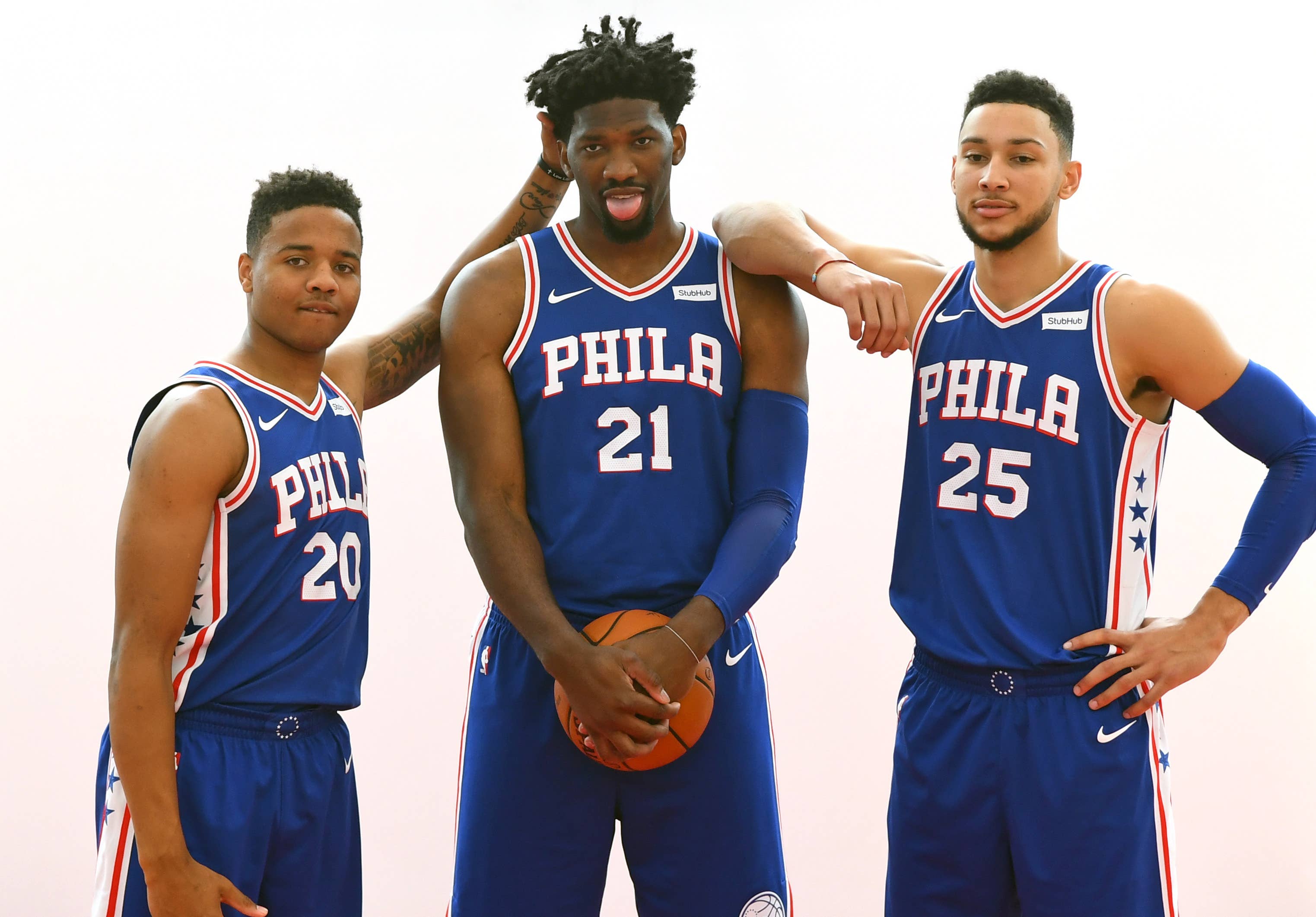
On Thursday, NBA Commissioner Adam Silver announced new rules that aimed to simultaneously deal with the league’s most notorious haves and have-nots. On one end, the NBA Board of Governors voted to put in place a financial penalty system for teams that rest healthy players on the road and during nationally televised games. And to the other, the legislative body instituted drastic changes to the NBA’s draft lottery process, flattening the odds in an effort to reduce tanking amongst the dregs of the league.
Silver will tell you the two rule changes—while imperfect—move the league toward a stronger and more consistent product. But the reality is that the “problems” the rules are aiming to fix likely aren’t solvable without more drastic changes to the league as a whole. While this might be a good PR move for the NBA, as far as “basketball reasons” go the solutions themselves are bullshit.
The NBA is a league driven almost entirely by superstars. Acquire one of them, and you have a chance at building something special. Find a second, and you could be looking at 50-plus wins! And when you go out and get a third superstar, your team might be lucky enough to lose to the Warriors in five games in the NBA Finals instead of four.
For teams that have yet to complete that first step, there aren’t many realistic options for them to attain a star. They could play the free agency game or pick up the phone and make a trade, but no max player is taking his talents to Orlando, and no team is offering anyone of value for a player on the Bulls’ roster.
So long as there is a draft and the order of it is determined in part by reverse-order seeding, there will be tanking.
The fact that so many teams have turned to tanking in the era of the superteam shouldn’t be viewed as a sign that owners and general managers are looking for ways to circumvent the rules, it should be seen as a sign that the rules might simply be shitty. From the league’s depressed compensation structure, to its make-believe salary cap, the system is set up to discourage parity.
And more often than anything else treadmill teams can do, tanking works. The Timberwolves tanked and ended up with a team built around Karl-Anthony Towns, Andrew Wiggins, and Jimmy Butler. The Sixers did it for four straight years, and now they’ve got Joel Embiid, Ben Simmons, and Markelle Fultz, who I should add the NBA has tapped for 14 nationally televised games this season, their most in over a decade.
Over the years, there has been talk about eliminating the natural incentive to lose that exists for the league’s saddest franchises. From The Wheel to the elimination of the draft entirely, NBA talking heads seem obsessed with solving a problem that only exists in the minds of those unwilling or unable to see the forest for the trees.
Sure, when you plop down on the couch after a long day at work to watch some NBA action only to remember that tonight is the night your favorite team faces off against Lance Stephenson and the Indiana Pacers, that sucks. But on the other side of your temporary disappointment is a season’s worth of hope for pro basketball fans in The Hoosier State. Under these new rules, teams like the Pacers will be faced with two choices: suffer through a season’s worth of Thaddeus Young bricks and Victor Oladipo turnovers only to end up with the 5th pick in the draft, or commit to suffering honorably in NBA purgatory with only the dim hope that you’ll luck your way into the next Giannis Antetokounmpo with the No. 15 pick.
Here is an ESPN graphic on how NBA Draft lottery odds change in 2019 pic.twitter.com/Jk8X7q0J3Z
And even if tanking were a problem in need of a sweeping change to the rules, all the league has done is modify the inflection point at which intentional losing will occur. Instead of the league’s bottom five or so teams duking it out for biggest loser, teams on the outside of the playoff race looking in will likely decide that doubling or tripling their odds of securing a top-three pick is more valuable than hopelessly scrapping for the No. 8 seed and probably ending up in the lottery anyway.
So long as there is a draft and the order of it is determined in part by reverse-order seeding, there will be tanking. No flattening of the odds can remove the sinister incentive of losing from the equation entirely. In much the same way that the league’s new lottery reform measures fall short of the NBA’s stated goals, the new rules around rest are similarly driven by politics rather than policy.
With teams playing 82 regular season games each year and potentially two dozen more in the playoffs if they’re lucky, the benefit of managing minutes cautiously is abundantly clear. It’s no coincidence that in 2016-17, a season in which more healthy players sit for rest than in any season prior, the league experienced the lowest number of injuries it’s had in over a decade.
There’s really no debate that the density of the NBA season and the league’s brutal schedule are at least partially to blame for the rash of injuries we see across the league each year. A recent study published in the Journal of Science and Medicine in Sport found that players are 3.5 times more likely to be injured in the second game of a back-to-back played on the road. THREE-AND-A-HALF TIMES MORE LIKELY.
The NBA knows this. It’s why this offseason they introduced changes to their schedule aimed at reducing the number of back-to-back games and eliminating instances of teams playing four games in five nights. It’s a good start, but as this new rule that gives the commissioner carte blanche to fine teams north of $100,000 for resting players indicates, it probably won’t be enough.
If the league were truly concerned with improving the quality of its product in these two areas, it would consider larger changes—scrapping the maximum contract, reducing the total number of regular season games, instituting a hard salary cap, lengthening the schedule even more to eliminate back-to-backs…
But the NBA won’t do any of those things. Because to them the perception that they’ve solved the problem is just as valuable as actually having solved it.

